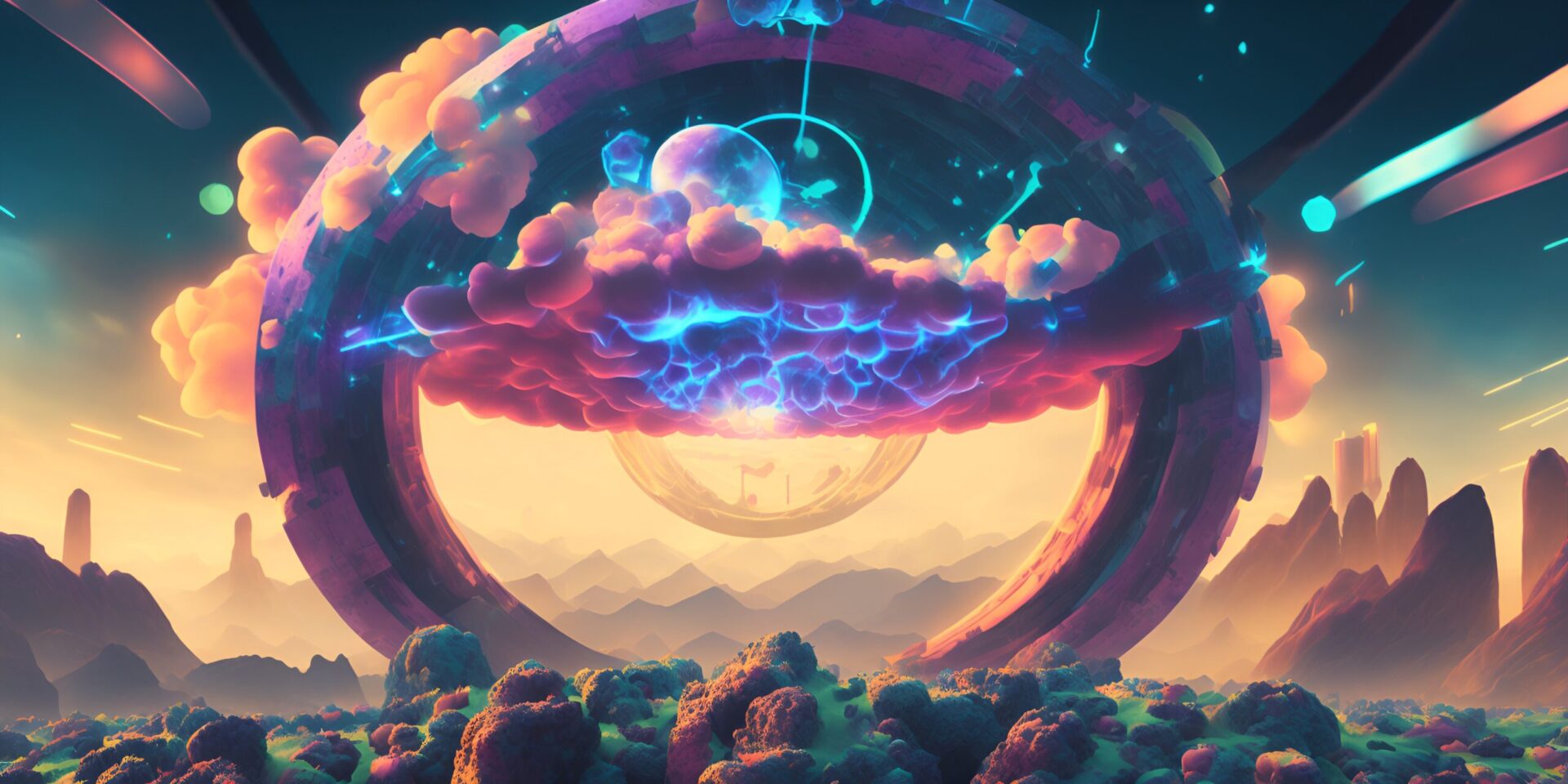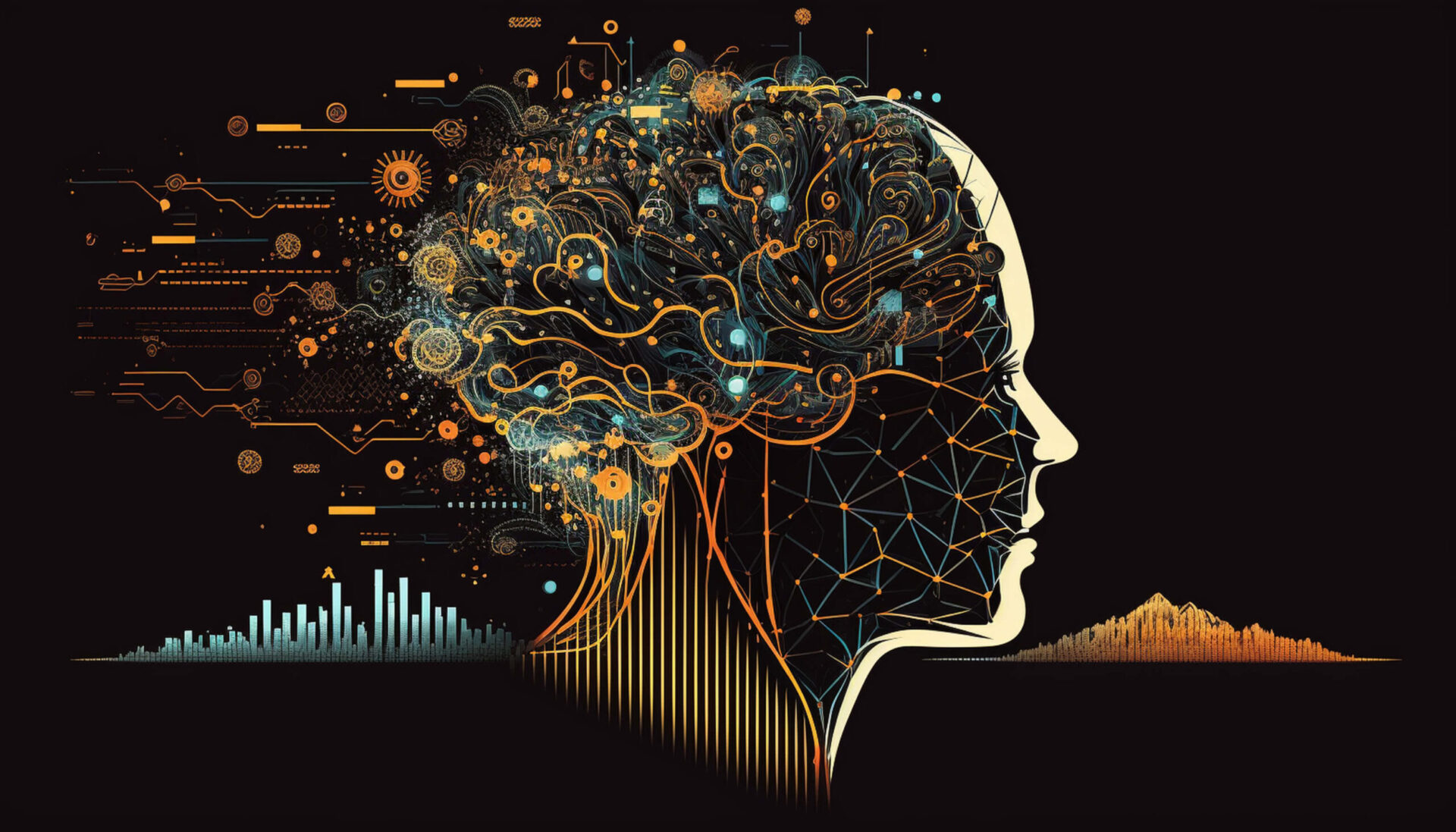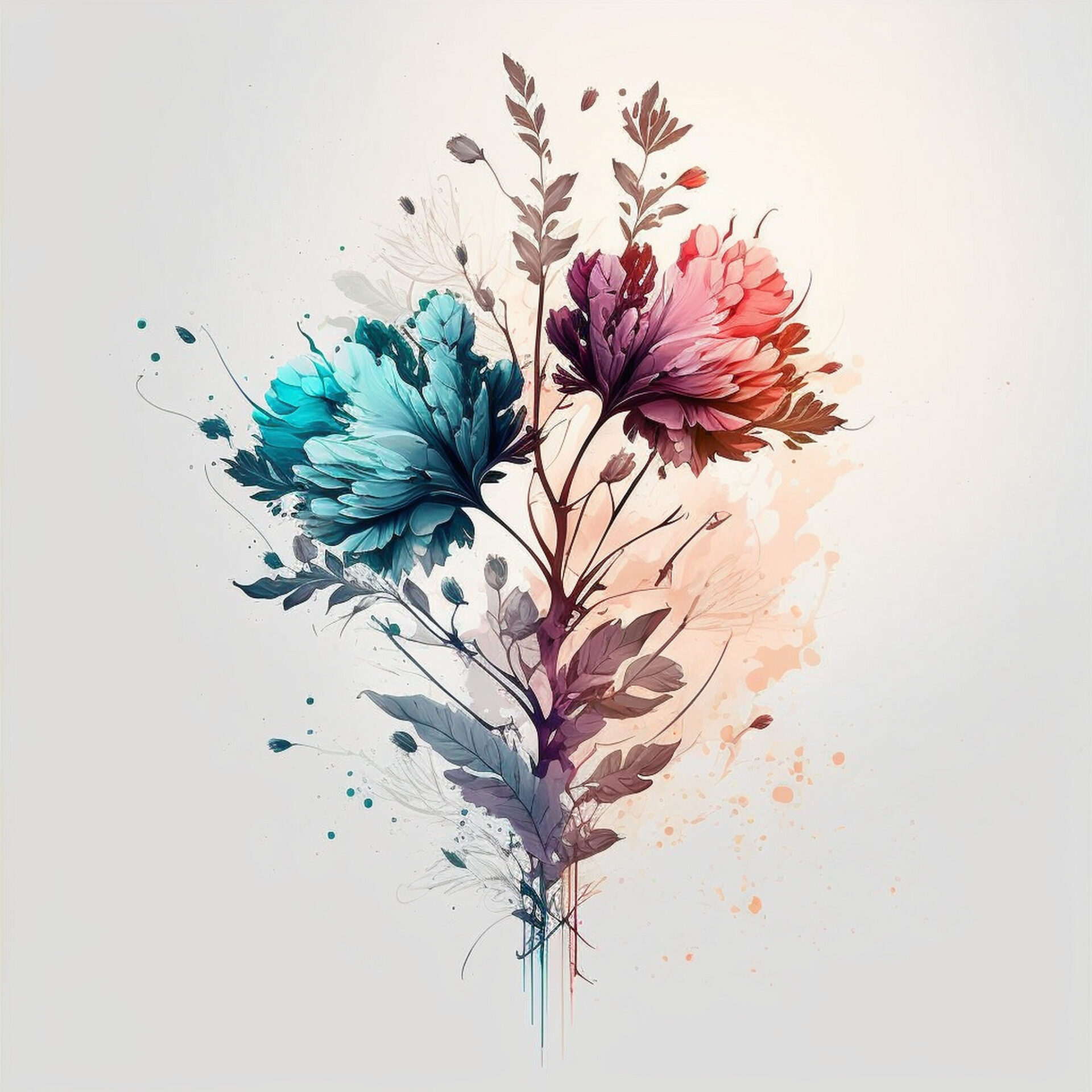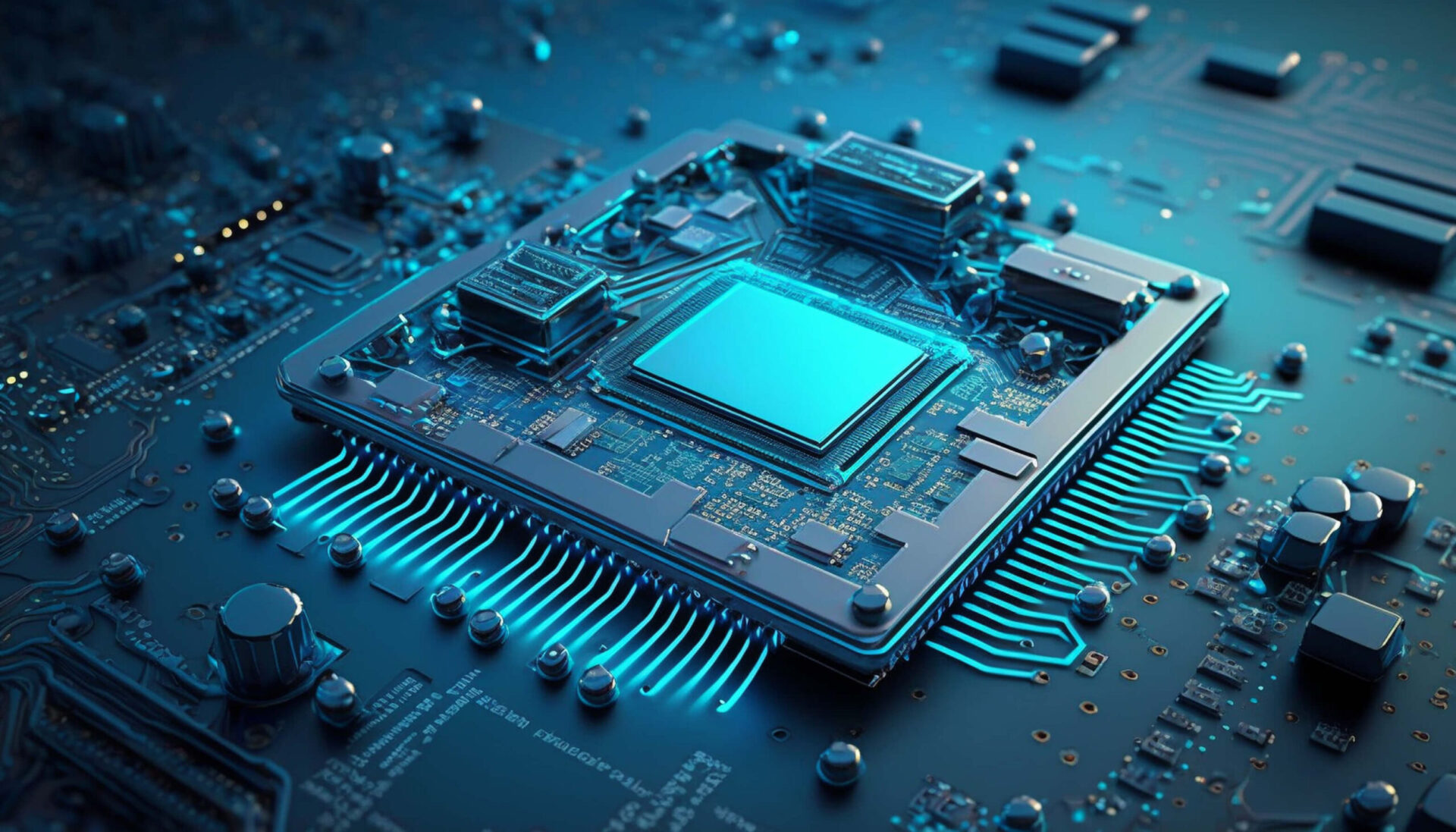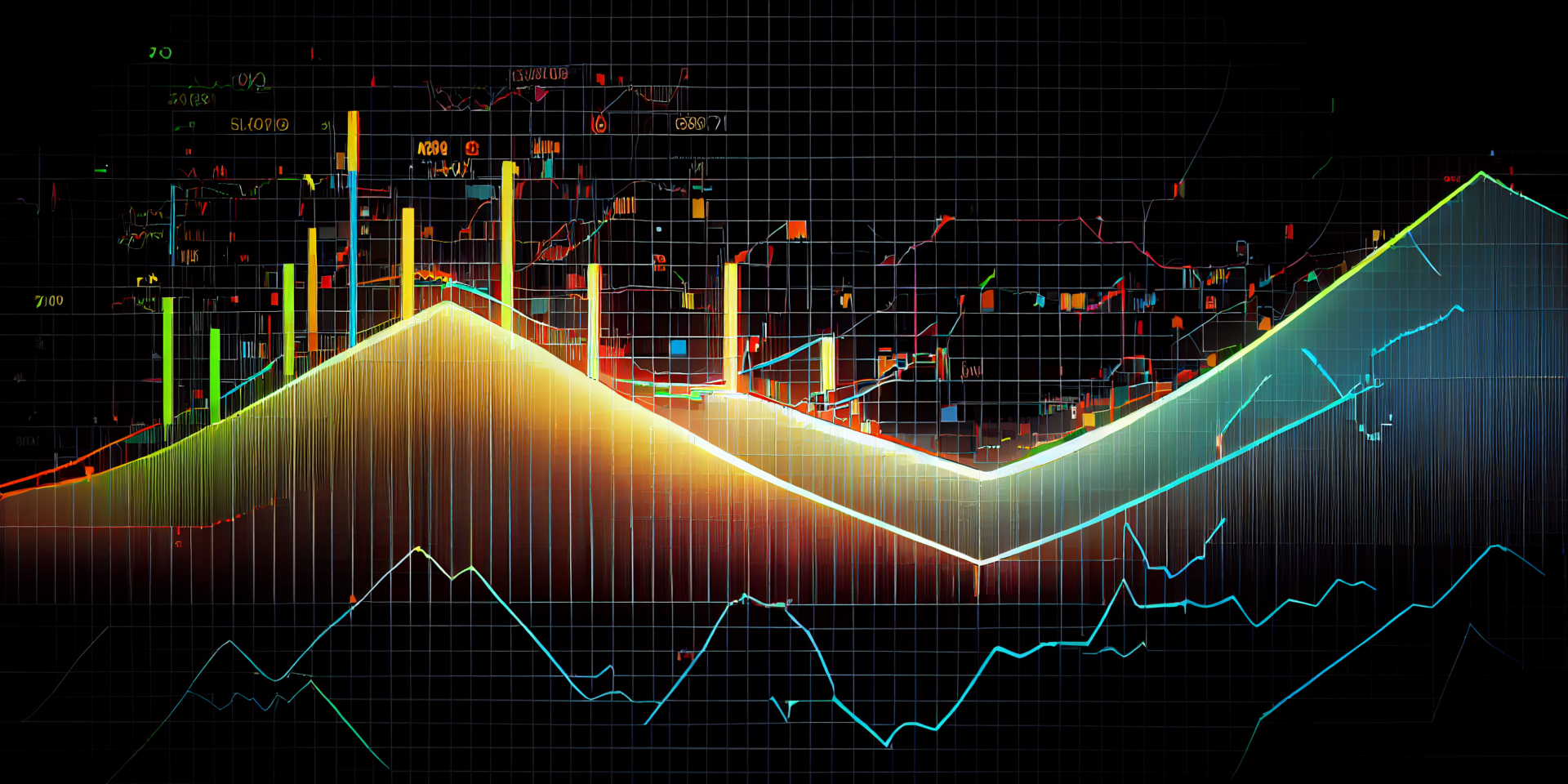Artificial intelligence (AI) has emerged as a powerful tool that extends the boundaries of creativity, and one of its most intriguing applications is in the realm of commercial AI art. AI has the ability to generate unique, thought-provoking pieces that captivate audiences and challenge traditional notions of artistic expression. In this article, we will delve into the world of commercial AI art, exploring its significance, impact, and the ethical considerations that arise.
The Rise of Commercial AI Art
Commercial AI art has gained significant traction in recent years, thanks to advancements in machine learning algorithms and generative models. These models have the ability to learn from vast amounts of data and generate original artwork that mirrors various artistic styles. From paintings and sculptures to digital installations, AI algorithms can produce an array of visually stunning and conceptually intriguing pieces.
The Significance of AI in Art
The infusion of AI into the art world brings forth a multitude of opportunities and challenges. One of the key advantages of commercial AI art is its ability to create novel and innovative pieces that push the boundaries of human imagination. AI algorithms can process enormous amounts of data, extracting patterns and generating unique compositions that artists might not have conceived otherwise. This opens up new avenues for artistic exploration and experimentation.
Additionally, AI art challenges the traditional notion of authorship and creativity. With AI algorithms generating artwork, questions arise regarding the role of the artist and the impact of AI on artistic expression. Some argue that AI is merely a tool that artists can leverage to amplify their creative vision, while others believe that AI-generated art possesses its own intrinsic value and can be considered a distinct form of artistic expression.
Ethical Considerations in AI Art
As with any emerging technology, commercial AI art raises ethical considerations that must be carefully examined. One of the primary concerns is the question of intellectual property. Who owns the rights to AI-generated artwork? Is it the artist who trained the AI model or the developers who created the algorithm? Clear guidelines and legal frameworks need to be established to address these issues and ensure fair compensation for all parties involved.
Another ethical concern revolves around the potential for AI art to deceive or manipulate audiences. AI algorithms can analyze and replicate artistic styles to such a degree that it becomes challenging to distinguish between human-created and AI-generated artwork. This blurring of boundaries raises questions about transparency and the need for proper attribution when presenting AI-generated art.
The Impact on the Art Market
Commercial AI art has also made a significant impact on the art market. Collectors and art enthusiasts are increasingly drawn to AI-generated pieces due to their novelty and the unique perspectives they offer. As the demand for AI art grows, it presents new economic opportunities for artists, developers, and galleries specializing in this field. However, this also poses challenges in terms of valuing and evaluating AI-generated artwork and establishing a fair market for such pieces.
Embracing the Collaborative Nature of AI Art
Rather than perceiving AI as a threat to traditional artistic practices, many artists and creators are embracing the collaborative nature of AI art. They see AI algorithms as creative partners, amplifying their artistic vision and facilitating new forms of expression. This collaboration between humans and AI allows for the exploration of uncharted territories, blending the boundaries between art, science, and technology.
Conclusion
Commercial AI art is redefining creativity by merging the capabilities of artificial intelligence with human imagination. It offers a fresh perspective on artistic expression, pushing boundaries, and challenging preconceived notions of what art can be. As AI continues to advance, it is crucial to navigate the ethical considerations surrounding AI art and ensure that artists, developers, and audiences alike can fully appreciate and engage with this evolving form of artistic expression.
FAQs
Q: Can AI art truly be considered "art"?
A: The definition of art is subjective and evolving. While AI-generated art may lack the human experience and intention behind it, many argue that it possesses its own unique qualities and can be appreciated as a distinct form of artistic expression.
Q: How can artists collaborate with AI algorithms?
A: Artists can collaborate with AI algorithms by training models with their own artistic datasets or by utilizing existing generative models. By guiding and refining the output of AI algorithms, artists can create unique and personalized artworks.
Q: Is commercial AI art a threat to human artists?
A: Commercial AI art should be seen as a tool that complements human creativity rather than a replacement for human artists. AI can amplify artistic expression and open new avenues for exploration, fostering collaboration between humans and machines.
Q: What are the potential implications of AI-generated art on copyright and intellectual property?
A: The emergence of AI-generated art raises complex questions about copyright ownership. Clear guidelines and legal frameworks are necessary to address intellectual property rights and ensure fair compensation for all parties involved.
Q: How can AI art impact the art market?
A: AI art has the potential to disrupt the traditional art market by introducing novel and innovative pieces. As demand grows, it presents economic opportunities for artists, developers, and galleries specializing in AI-generated artwork, but also challenges in terms of valuation and establishing a fair market.


